How 2024 Gen Z Protests Transformed Kenyan Youth into National Icons

In June 2024, Kenya was the epicenter of serious anti-government protests driven predominantly by youth activists mobilized through social media platforms including TikTok, X, Facebook, and WhatsApp.
Known as the Gen Z protests, this movement arose in direct response to the controversial Finance Bill of 2024, which the youth deemed punitive. As the demonstrations unfolded, calls for broader political reform intensified, culminating in demands for the resignation of Kenya's entire leadership. While these demands were ultimately unmet, the protests succeeded in elevating several key figures to prominence, transforming them into recognizable symbols of the movement.
Among the most influential was Hanifa Adan, a journalist who transitioned into activism. Through her active social media presence, particularly on X, Adan effectively coordinated gatherings, communicated key meeting points, and orchestrated fundraising efforts, which included procuring branded t-shirts for participants. She further established an M-Changa account to assist injured protesters and support the families of those who lost their lives during the protests, ultimately raising over Sh31 million—significantly surpassing her initial target of Sh10 million.
Adan’s contributions positioned her at the forefront of the protests and highlighted the crucial role of grassroots mobilization. Kasmuel McOure emerged as another noteworthy figure during these demonstrations, distinguished by his unique appearance in formal suits and his eloquent oratory skills. His presence on social media platforms made him a focal point in the protests, even as he faced scrutiny from authorities. McOure’s unwavering commitment to the cause solidified his status as a key activist amid escalating tensions.
A particularly striking moment of defiance was captured in a viral video featuring Shakira Wafula. In the clip, Wafula confronted an armed police officer, passionately declaring, "I'm here for Kenyans, I'm here for my people, I'm here for your rights. Nitoe!! Nitoe baba! Sitoki!" This bold stand resonated widely with the Kenyan public, establishing Wafula as an emblem of courage within the movement.
Adding complexity to the protests was Jackson Kuria Kihara, known as Shakur the Cop. Unlike his peers, Kihara actively participated in the demonstrations while donning his police uniform, an act of bravery that garnered significant public admiration. His commitment continued even after he organized a protest outside the parliament building, which subsequently led to his arrest and disciplinary action.
Lastly, Kebaso Morara took a distinctive approach post-protests by investigating government projects initiated by the President and other officials. Through his online campaign, he provided documentation and video evidence to reveal the status of these projects, many of which had stalled despite multiple inaugurations. Morara’s efforts not only sparked civic engagement but also highlighted accountability issues.
While not all of the protests’ objectives were fulfilled, the movement has undeniably left a lasting imprint on Kenya’s political landscape, signaling a shift toward greater civic participation among the nation’s youth.

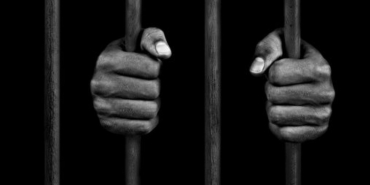

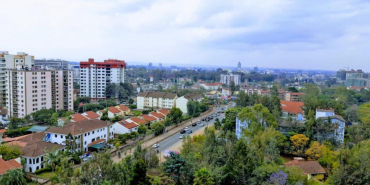
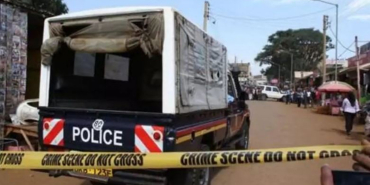
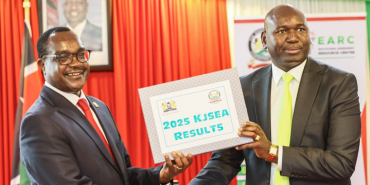

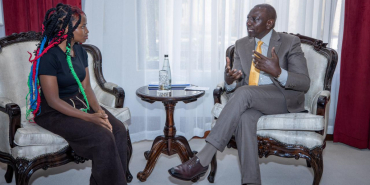
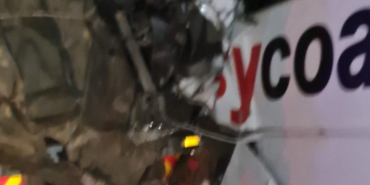
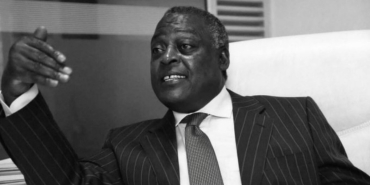
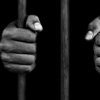


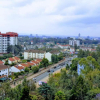
Add new comment